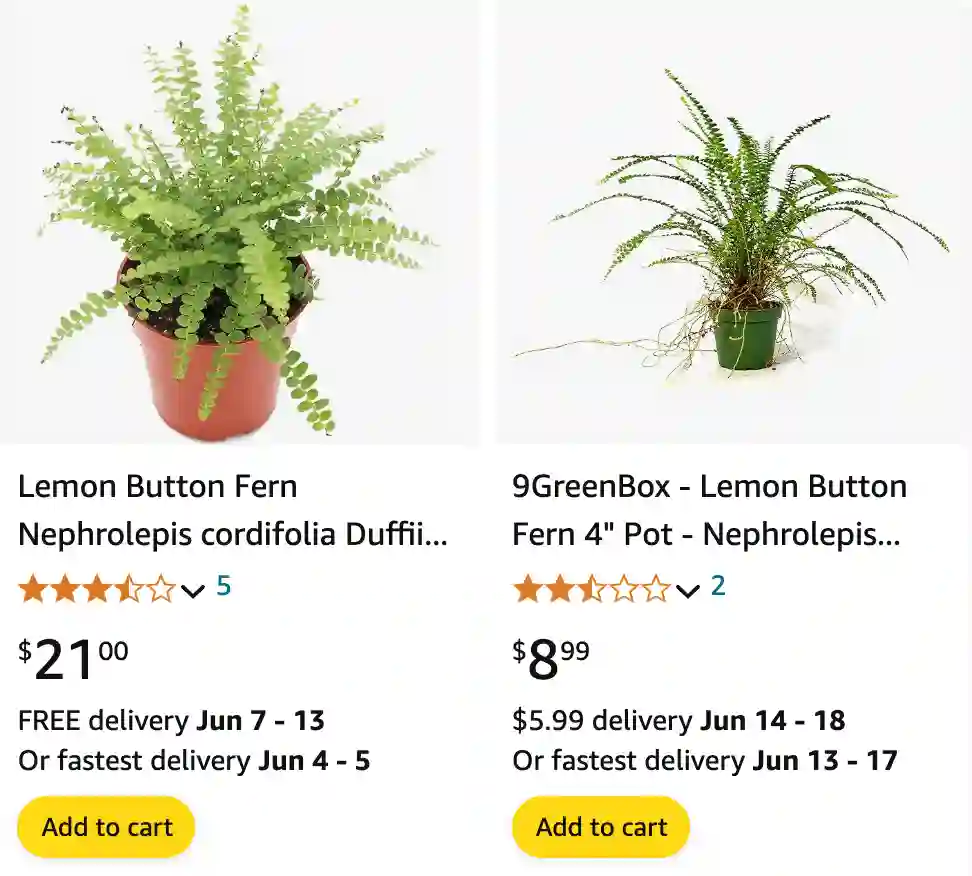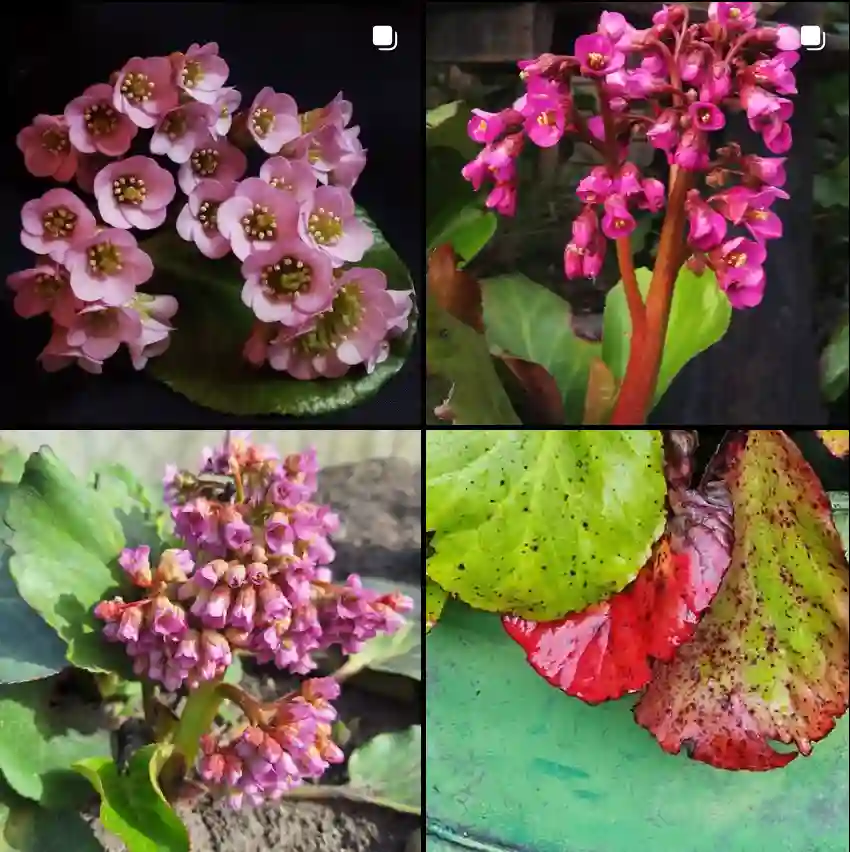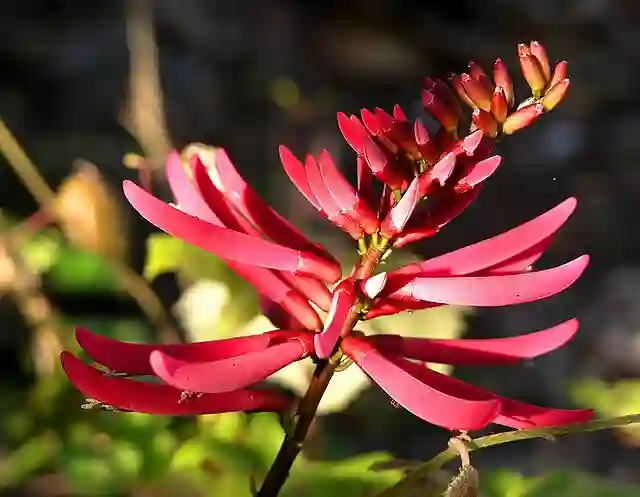
The Nephrolepis cordifolia: A Feathery Friend for Your Home
Hi everyone, Ferb Vu here! Today, I want to introduce you to a truly fascinating plant – the Nephrolepis cordifolia, also known by its many common names like fishbone fern, tuber sword fern, or ladder fern. This lush, tropical fern has captured my heart with its graceful fronds and unique characteristics.
Over the years, I’ve learned a lot about caring for this beauty, and I’m excited to share everything I know with you. So, whether you’re a seasoned plant parent or just starting your indoor jungle journey, this guide will equip you with all the information you need to keep your Nephrolepis cordifolia thriving.
33 Species in Genus Nephrolepis
What is Nephrolepis cordifolia?
The Nephrolepis cordifolia is an evergreen fern native to the tropical regions of Asia and Australia. It’s known for its stunning, arching fronds that resemble fish bones, hence the popular nickname “fishbone fern.” These fronds are typically deep green and glossy, with a pinnate structure, meaning they have leaflets arranged on either side of a central stalk.
One of the things that makes this fern stand out is its unique underground network. Unlike most ferns, the Nephrolepis cordifolia forms small, potato-like tubers along its rhizome (rootstalk). These tubers help the plant store water and nutrients, making it more resilient to drought conditions.
Nephrolepis Cordifolia vs Nephrolepis Exaltata
Comparing my Nephrolepis Cordifolia to my Nephrolepis Exaltata, I’ve found that the Cordifolia’s thicker, more robust fronds are much easier to maintain, while the Exaltata’s lacy, delicate leaves give my living space a more elegant vibe but need extra care.
How to care for Nephrolepis cordifolia?
Providing the right care for your Nephrolepis cordifolia is key to keeping it happy and healthy. Here are some essential tips:
- Light: This fern prefers bright, indirect light. Avoid harsh, direct sunlight, which can scorch the fronds. A spot near an east-facing window is ideal.
- Water: Water your Nephrolepis cordifolia regularly, allowing the top inch of soil to dry out slightly between waterings. Overwatering is a major threat, so it’s better to err on the side of underwatering. You can also mist the fronds regularly to maintain humidity, especially in dry climates.
- Soil: Use a well-draining, loose potting mix that’s rich in organic matter. A mixture of peat moss, perlite, and orchid bark would work well.
- Fertilizer: During the growing season (spring and summer), you can fertilize your Nephrolepis cordifolia with a balanced liquid fertilizer once a month. Dilute the fertilizer according to the package instructions and avoid overfertilizing.
- Temperature and Humidity: This fern thrives in warm, humid conditions. Ideally, aim for temperatures between 65-80°F (18-27°C) and moderate to high humidity levels.
Propagating Your Nephrolepis cordifolia
Sharing the beauty of your Nephrolepis cordifolia is easy! Here are two common propagation methods:
- Dividing the rhizome: When your fern becomes established, you can carefully divide the rhizome into multiple sections, each with a few fronds and some roots. Pot these divisions in separate pots with fresh potting mix and care for them like mature plants.
- Spores: Ferns reproduce naturally through spores found on the undersides of mature fronds. However, this method is a bit more challenging and requires a sterile environment for successful germination.
Is Nephrolepis cordifolia Rabbit Safe?
If you have curious bunnies hopping around your home, you might be wondering if the Nephrolepis cordifolia is safe for them to nibble on. The good news is that Nephrolepis cordifolia is not considered toxic to rabbits. However, it’s still not recommended to let your rabbits munch on your houseplants. Ferns, in general, don’t provide much nutritional value for rabbits and might cause digestive upset if ingested in large quantities.
Is Nephrolepis cordifolia Toxic to Cats?
For cat owners, the question of feline safety is always important. Unfortunately, the Nephrolepis cordifolia is not considered cat-friendly. While it won’t be fatal if your cat takes a nibble, the fronds can cause stomach upset, vomiting, and diarrhea. If you suspect your cat has ingested some of the fern, it’s best to consult your veterinarian right away.
Nephrolepis cordifolia: A Touch of the Tropics in Your Home
With its elegant fronds and easy-going nature, the Nephrolepis cordifolia is a fantastic addition to any indoor space. By following these simple care tips, you can create a thriving oasis for this beautiful fern in your home. Remember, providing the right amount of light, water, and humidity is key to keeping your Nephrolepis cordifolia happy for years to come. So, why not give it a try? The Nephrolepis cordifolia isn’t just beautiful, it’s also known for its air-purifying properties, helping to remove common toxins and pollutants from your indoor environment. Plus, with its ability to thrive in moderate to low light conditions, it can even brighten up those dimly lit corners of your home. So, head over to your local nursery, pick out a stunning Nephrolepis cordifolia, and watch it transform your space into a lush, tropical haven!
If i die, water my plants!



